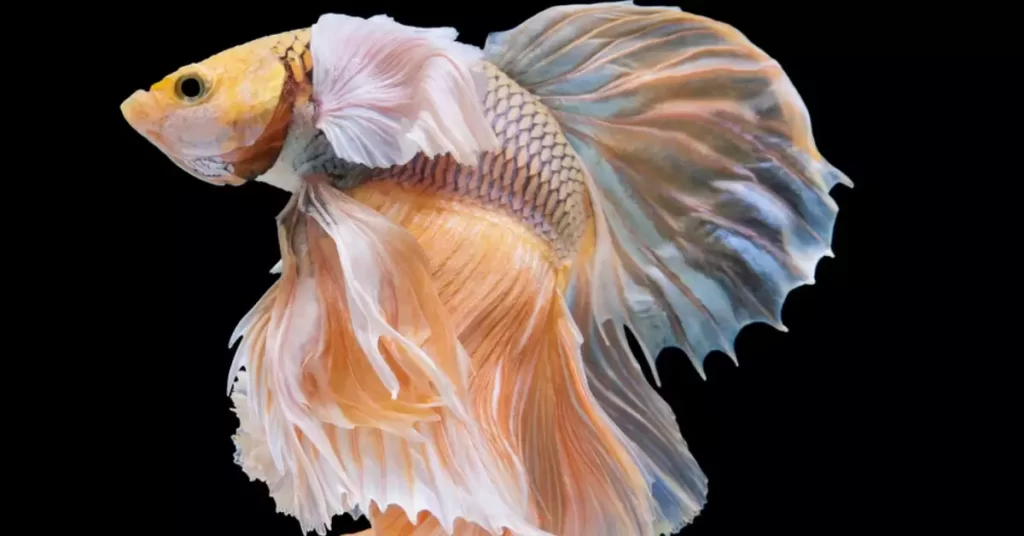Fishing is an exciting pastime for many, and the choice of fishing line plays a crucial role in one’s success.
One popular type of fishing line is the braided line. But do fish see these braided lines?
This article will delve into the topic, providing you with in-depth knowledge and answering your burning questions.
What is a Braided Fishing Line?
Characteristics of Braided Line
Braided fishing lines are made from multiple strands of synthetic fibers woven together to create a strong, durable line.
They are known for their high strength-to-diameter ratio, minimal stretch, and excellent abrasion resistance.
Advantages and Disadvantages of Braided Line
Braided lines offer several benefits, including increased casting distance, sensitivity, and strength.
However, they also have some drawbacks, such as their visibility in the water and potential damage to rod guides and reels.
Can Fish See Braided Line?
The Role of Color in Line Visibility
The visibility of braided lines largely depends on the color of the line. Darker colors, like green or brown, tend to blend in with the environment, making them harder for fish to see. Conversely, brightly colored lines, like yellow or white, are more visible to fish.
Water Clarity and Line Visibility
Water clarity also plays a role in the visibility of braided lines. In clear water, fish are more likely to see any type of line, including braided ones.
In murky or stained water, however, visibility is reduced, making it more difficult for fish to detect the line.
Tips for Reducing Braided Line Visibility
Using a Fluorocarbon or Monofilament Leader
One effective way to decrease the visibility of your braided line is by attaching a fluorocarbon or monofilament leader.
These types of lines are less visible underwater, reducing the chances of fish detecting your line.
Choosing the Right Line Color
As mentioned earlier, the color of your braided line can impact its visibility. Selecting a line color that blends in with the surrounding environment can help minimize its visibility to fish.
The Impact of Line Visibility on Fishing Success
Fish Behavior and Line Detection
Fish species differ in their sensitivity to line detection. Some species, like bass or trout, are more line-shy, while others, like catfish, are less likely to be deterred by the sight of a braided line.
Balancing Line Strength and Visibility
While using a less visible line may seem like the obvious choice, it’s essential to strike a balance between visibility and line strength.
In some situations, the benefits of using a strong, durable braided line outweigh the potential drawbacks of increased visibility.

Environmental Factors Affecting Line Visibility
Light Penetration and Depth
Light penetration in the water column affects how well fish can see braided lines.
At greater depths, where light penetration is reduced, braided lines become less visible to fish.
Conversely, in shallow water with ample light penetration, braided lines are more visible.
Aquatic Vegetation and Structure
The presence of aquatic vegetation and structure can also impact the visibility of braided lines.
Dense vegetation and submerged structures can provide cover, making it more difficult for fish to see the line.
Species-Specific Considerations
Different fish species have varying levels of eyesight quality, which can affect their ability to see braided lines. Some examples include:
Trout
Trout are known for their keen eyesight and wariness, making them more likely to detect braided lines, especially in clear water.
In such cases, using a fluorocarbon or monofilament leader is highly recommended.
Catfish
Catfish rely more on their sense of smell and taste than their eyesight to locate food. As a result, they are less likely to be deterred by the sight of a braided line, making it a suitable choice for targeting these species.
Additional Tips for Using Braided Line
Proper Knot Selection
When using a braided line, it’s crucial to choose the right knot for connecting your line to your leader or hook.
Some popular knots for braided lines include the Palomar knot, the Albright knot, and the FG knot.
Adjusting Tension and Drag
Due to the lack of stretch in braided lines, setting the proper tension and drag on your reel is essential to avoid breaking the line or pulling hooks out of the fish’s mouth during the fight.
Braided Line Maintenance
To prolong the life of your braided line and maintain its performance, it’s essential to:
- Clean your line regularly to remove dirt and debris.
- Check for fraying or damage and replace your line as needed.
- Store your reel and line properly to avoid exposure to direct sunlight or extreme temperatures.
FAQs
Are braided lines better than monofilament or fluorocarbon lines?
Each type of fishing line has its advantages and disadvantages, depending on the fishing conditions and target species.
Braided lines excel in strength and sensitivity, while monofilament and fluorocarbon lines offer better invisibility underwater.
Which color braided line is least visible to fish?
Darker colors, such as green or brown, tend to be the least visible to fish, as they blend in with the environment.
However, the visibility of a line also depends on water clarity and the fish species.
Can fish see all types of fishing lines?
Fish can see fishing lines to varying degrees, depending on the type of line, color, and water conditions.
In general, fluorocarbon lines are the least visible, followed by monofilament and braided lines.
Conclusion
While fish can potentially see braided fishing lines, factors like line color, water clarity, and fish species play a significant role in determining the line’s visibility.
By understanding these factors and implementing techniques to reduce visibility, such as using a leader or choosing the right line color, anglers can still enjoy the benefits of braided lines while minimizing the chances of fish detection.